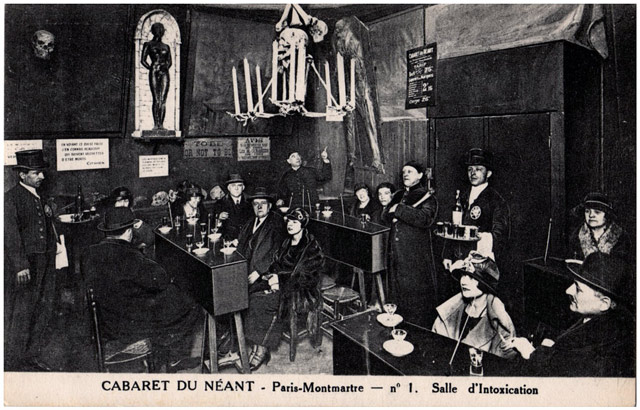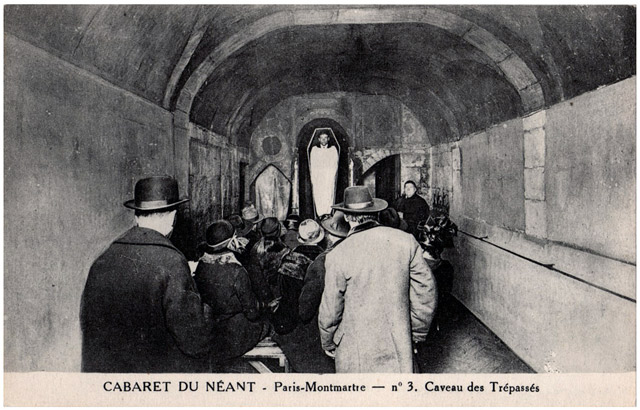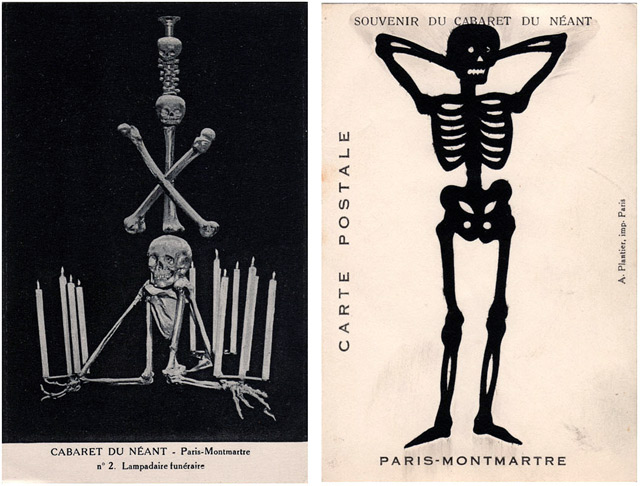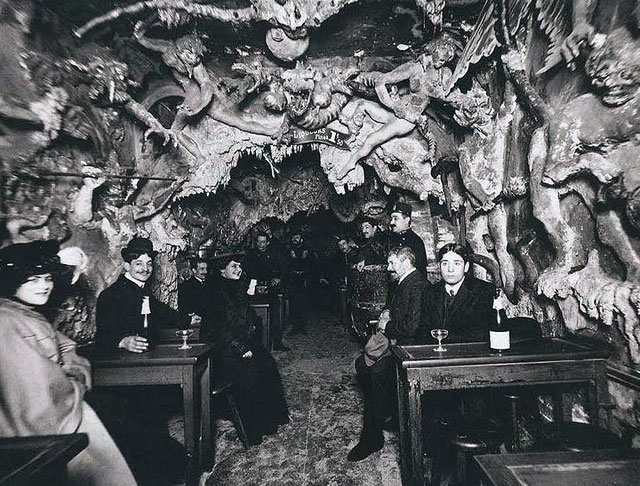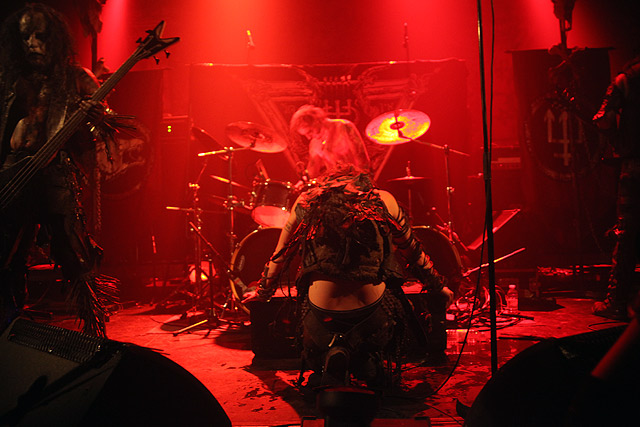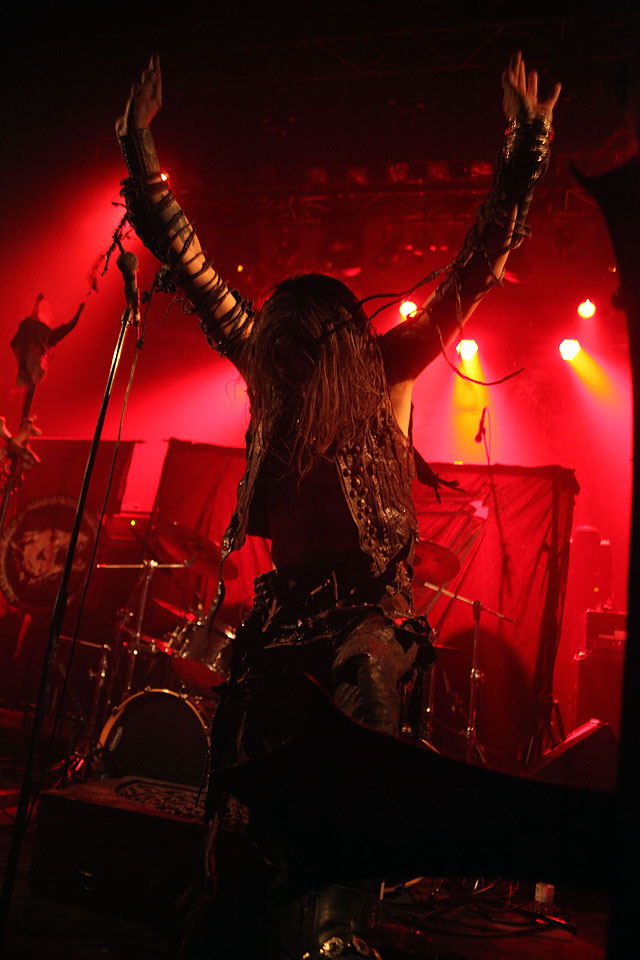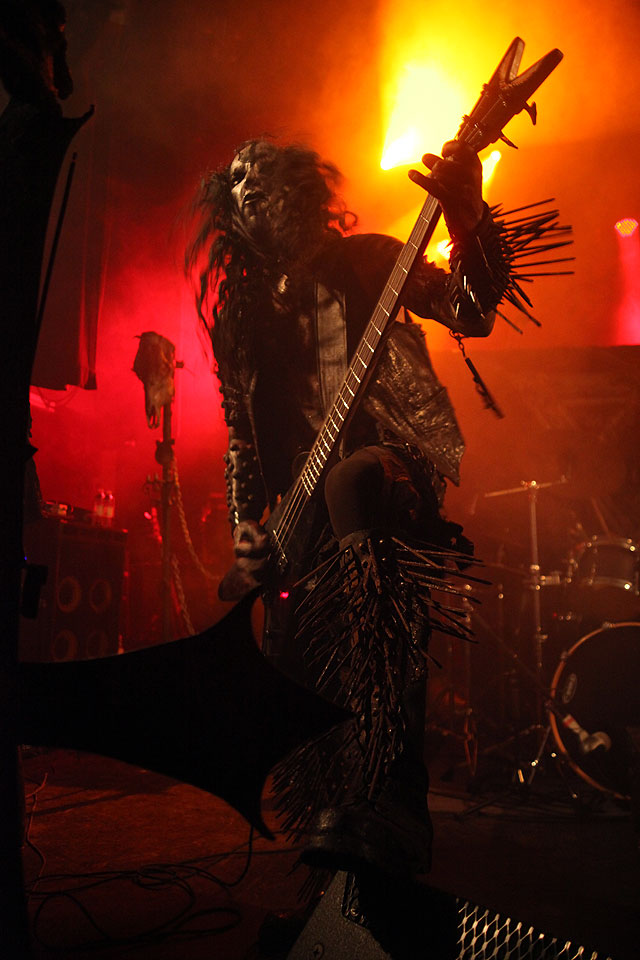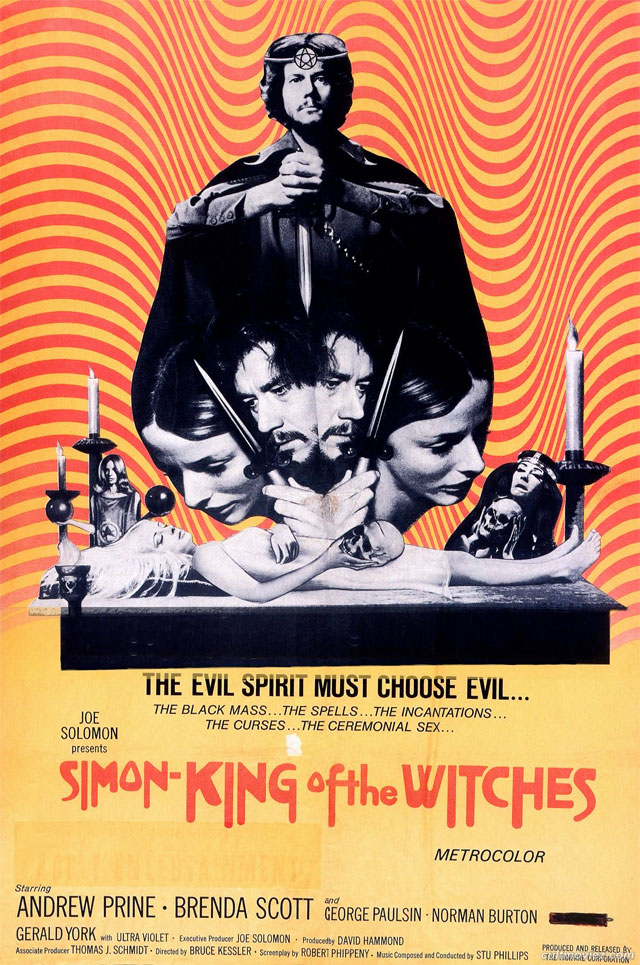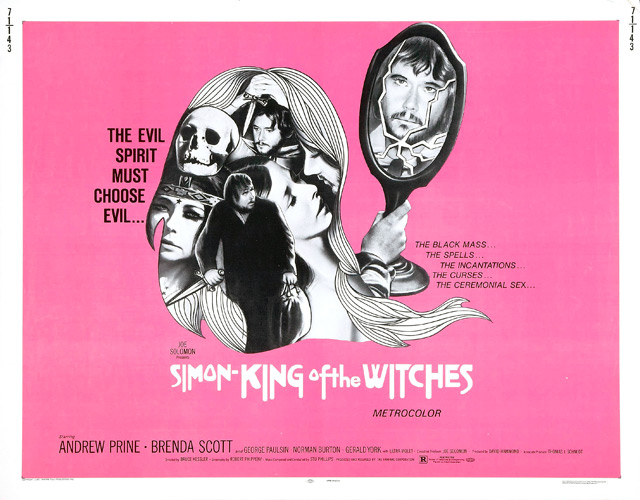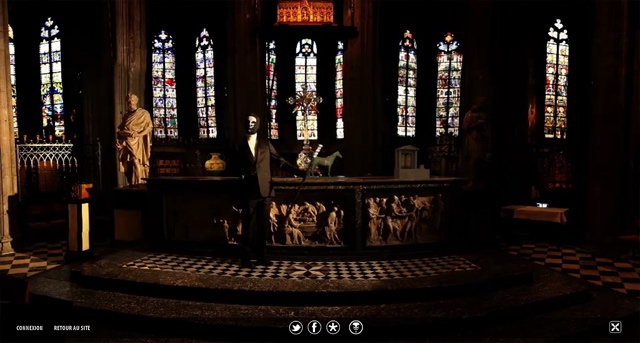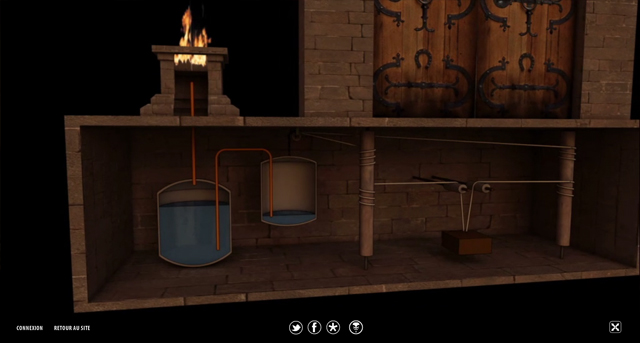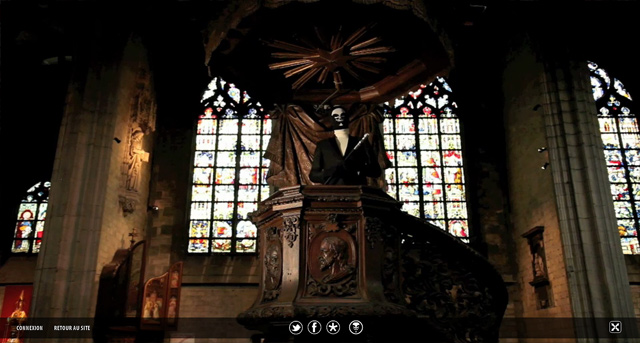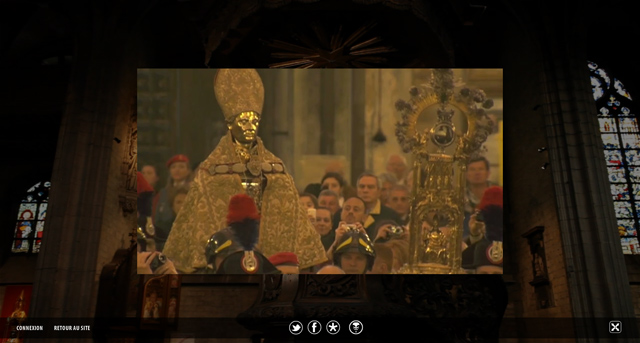Matthijs Munnik Citadels
A performance about brainwave interference, using flickering light, inspired by Brion Gysin’s dream machine.
“We must storm the citadels of enlightenment. The means are at hand,” William S. Burroughs wrote to his best friend Brion Gysin. The means, he was referring to, was the invention of the dream machine.
A rotating cyllinder lamp-like device, which produced a stroboscopic light. You would see beautiful patterns, shapes and colours, while looking at this device with your eyes closed. Even full hallucinations have been reported.
The trippy experience provided by the dreammachine fascinated the two beat-generation artists immensly, as well as a wide range of other artists and performers, mainly in psychedelic circles.
The effect produced by the dreammachine, however was not something new. In fact it has fascinated people since the begin of time. Flickering lights and repeated sounds have always been important for spiritual rituals, to induce a trance like state. Shamans, prophets and ordinary people used the effect as an aid for meditation and expanding their conciousness…
The first time this happened, according to one theory, was when a shaman stood under a tree, when a flickering shadow fell on him, created by the leaves slowly moving the wind. When he looked up and closed his eyes the flickering of the shadows gave him a visionary and spiritual experience. This could be the reason why trees take a really important place in all religions worldwide.
There are also stories about prophets, Nostradamus for example, waving their hands in front of their closed eyes, while looking at the sun. This would give them the ability to vision the future.
The first scientist to report it was the great Jan Purkinje, 200 years ago, when he was still a child. He found out that, by looking at the sun with his eyes closed, and waving his hands in front of his eyes, ‘beautiful figures’ would appear, which gradually became more intricate.
It doesn’t really matter what method you use, be it a device, your hands or a natural source, in the end the effect stays the same. The only difference is that modern day devices give us more control over the flicker and intensity. That’s why the dreammachine was such a revolutionary device, as it made it a lot easier to experience the effect.
Brion Gysin and scientist Ian Sommerville created the dreamachine after reading William Grey Walter’s book, “The Living Brain”. Walter, a neurophysiologist, was a pioneer in research of brainwave activity. In this book he describes his experiments with stroboscopic light. He found that flicker-induced hallucinatory experiences of his test subjects seemed to be as broad and dynamic as anything experienced in the medical case histories. As suggested by himself, this effect is caused not by properties of the light itself, or by the eye, but are a product of the brain.
One theory is that the flickering is interfering with the brain’s visual cortex, attempting to deal with intermittent signal. It’s hard not to wonder if the patterns you see perhaps offer a glimpse of our own brain activity, something beyond our own senses.
In my performance I also make use of the flicker effect, but I have more control over it. The audience wears white plastic masks, this way they look into a ganzfeld, a totally white field during the performance. In my set up, I use beamers, projecting light on the audience’s masks, completely immersing them in the light and colors of the projection.
I play an 8 minute live composition, based on the varying effects of different frequencies of flicker, colour, binaural beats and sound. During the performance every spectator will see something different, varying patterns and colours, created within their own brains. I hope my performance is another little step, in the long history of flicker, but above all, I hope to give the audience the opportunity to experience this amazing effect for themselves.
***
Eastern Bloc présente:
Le festival SIGHT & SOUND
Art + Technologie
23 – 27 mai 2012
sightandsoundfestival.ca
Citadels (2010) de MATTHHIJS MUNNIK présenté jeudi le 24 mai à 20:00 au Eastern Bloc (et en installation jusqu’au 27 mai) :
23 – 27 / 05 | 12:00 – 17:00
Matthijs Munnik [Citadels : Lightscape]
Pavitra Wickramasinghe [51L3NC3 4ND L1GH7]
Robyn Moody [Wave Interference]
Zach Gage [A Performance for Visitors in 2012, Hit Counter, Self-Portrait Bot]
Eastern Bloc
Parc-Extension, Montréal p.Q.
easternbloc.ca
